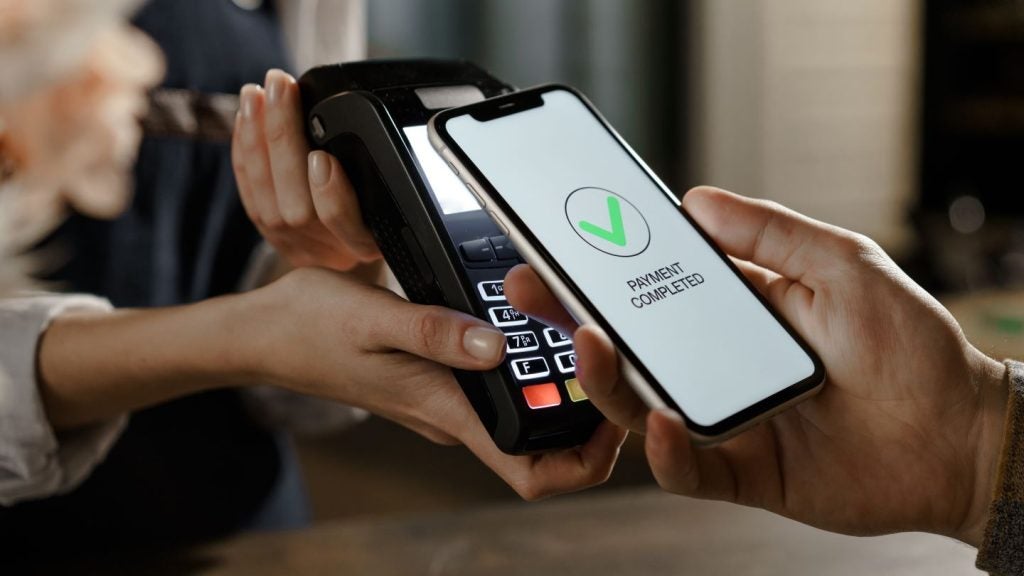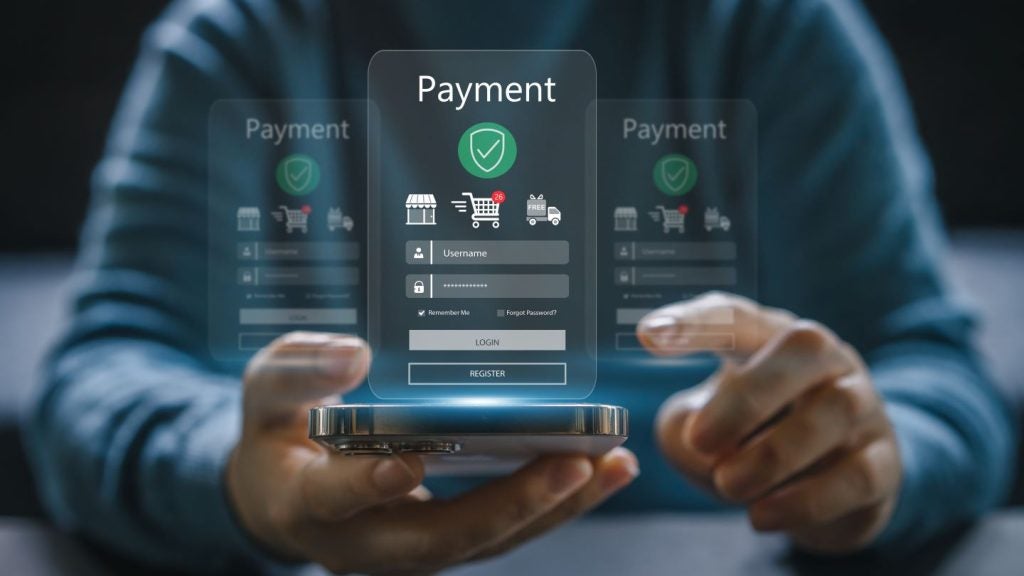There has been an exponential increase in the alternative payment methods (APMS) available in Asia-Pacific, with consumers across the region embracing them in different ways.
For any business seeking to create a frictionless payment experience, it’s vital to understand consumer preferences, as well as gaining a sense of the direction of travel. This means taking a tailored approach to every market.
Some recently released research highlights this need. More than 4,000 people in seven APAC countries – India, Indonesia, Japan, Malaysia, Singapore, South Korea, Taiwan and Thailand – responded to a research survey asking about their financial habits and payment method preferences. The findings, which include frequency of purchases through online and brick-and-mortar channels, as well as attitudes to new financial and payment technologies and payment method preferences, demonstrate the necessity to strategically implement a range of APMs when operating in APAC.
An appetite for innovation
A somewhat surprising key indicator of the potential for growth in APAC is that consumers in developing markets appear to have a greater appetite for new technologies. While just 37% of consumers in Japan and Taiwan would say they are ‘tech savvy’ or ‘looking for smart solutions,’ this rises to at least 70% of respondents across Malaysia, India, Thailand and Indonesia.
In those markets where a higher percentage of people described themselves as tech savvy, the use of APMs is notably higher. Though the developed APAC countries still benefit from more advanced internet and smartphone infrastructure – internet penetration has reached more than 90% in Japan, while 735 million Indians still lack internet access – consumers in developing markets are emerging as a discerning group, keen to find the right solution. #
What’s the future for cards in APAC?
There is strong evidence of significant growth in the adoption of APMs across the APAC region, though there are distinct preferences from country to country. Looking at the use of cards is useful for gaining an understanding of how and why the uptake of APMs differs so much.
Countries like Japan, Taiwan, Singapore and South Korea still exhibit a strong preference for cards and card-powered wallets. Preference for ewallets and bank transfers, however, has dramatically increased across the region, likely driven by the pandemic. Even in a card-preferring market such as Singapore, eWallets and bank transfers such as PayNow are preferred by 42% of respondents.
While 61% of respondents in Japan said cards were their preferred payment method, this drops to 28% in both Malaysia and India, 17% in Thailand and below 10% in Indonesia. Only 11% of Malaysians have a credit card, versus 73% of Singaporeans.

US Tariffs are shifting - will you react or anticipate?
Don’t let policy changes catch you off guard. Stay proactive with real-time data and expert analysis.
By GlobalDataIt seems developed countries that have been using cards for years still have a general preference toward them, while emerging economies appear to be breaking the mould by bypassing the cards stage altogether and seeking out new ways to pay online.
A myriad of payment methods
The array of APMs used across APAC is staggering. In India, the most popular payment method is Paytm, a digital/mobile wallet. Users can add money to the Paytm wallet through UPI (Unified Payment Interface), internet banking, or credit/debit cards, and send money from a Paytm wallet to a bank account or another person’s Paytm wallet.
In Indonesia, Jakarta-based OVO Wallet is the most popular way of paying. It is an emoney/digital wallet and has expanded its offering to include various financial services including lending and investment. Almost 70% of respondents in Indonesia said they had used the service within the past month.
True Money is the most used payment method in Thailand, with 66% stating they had used it. It is a mobile wallet which can be loaded with cash either via bank transfer or by visiting a shop.
In Malaysia, Maybank2u, the app from Maybank (Malayan Banking Berhad), which is Malaysia’s largest bank, was the preferred method. The status quo is being challenged, though, with eWallets Touch N Go, Boost, PayPal and GrabPay all increasing in importance. While 65% of people said they used Maybank2u, 60% also said they had used Touch N Go.
Merchants operating in APAC may not be comforted by these findings. The multitude of APMs could mean complex integration processes. Introducing a payment orchestration layer should therefore be considered to make this process seamless for merchants and consumers alike.
Piecing the puzzle together
Keeping a finger on the pulse has never been so important as APMs surge in popularity across the globe. Getting to know these ever-changing markets and abandoning pre-existing assumptions about consumers is vital for any business seeking long-term success in APAC.
Businesses must also be prepared to integrate a variety of APMs in each country they operate in, while maintaining a frictionless customer experience, taking a bespoke approach that demonstrates an understanding of the complexities of these different markets.


Kristian Gjerding, CEO of CellPoint Digital








